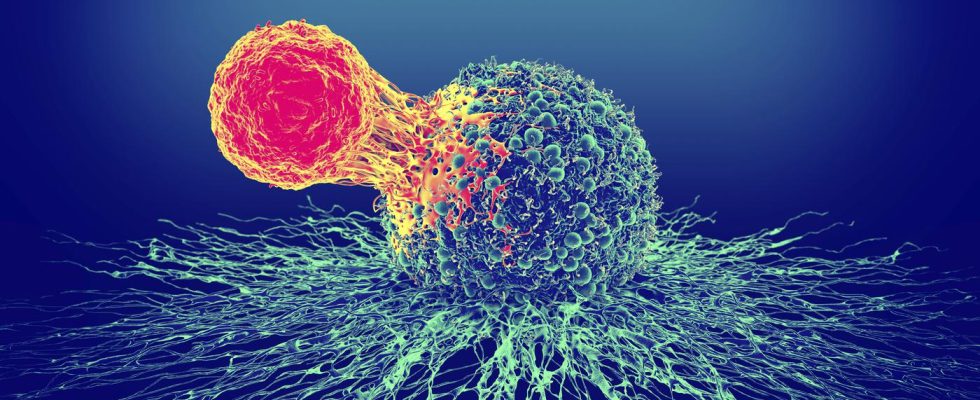If viruses attack the body, storm bells ring. The invaders have already overcome all bulwarks and fortress walls, occupy body cells and convert them into virus factories. Alarmed, specialized cells of the immune system rush to the scene and don’t waste time: they quickly set the areas of the fortress occupied by the enemy on fire – infected cells are killed and the pathogens with them.
As powerful as this strategy is, it becomes a problem when the body’s own defenses believe there are adversaries within its own ranks and attack healthy cells. Then autoimmune diseases arise.
Full width escapement
In order to curb the immune reaction, those affected sometimes have to take strong medication such as cortisone. These then inhibit large parts of the immune system and not just the incorrectly controlled cells. But that could become easier in the future, say researchers at the Charité and the German Rheumatism Research Center Berlin. In an essay They describe them in the journal “Nature Immunology”.how they discovered a section of the genome that regulates part of the immune system – “type 1” cells, which, among other things, are responsible for the defense against viruses, but also for numerous autoimmune diseases.
The identified gene region apparently controls when type 1 cells are receptive to a particular alarm signal. Only when the gene for “antennas” for the molecule interleukin-33 is activated will they go on standby duty. The substance is released by dying cells, for example in the event of inflammation.
Defense specifically inhibited
The researchers removed the DNA section in question from the genome of mice and then infected them with meningitis viruses. The animals’ type 1 cells were not activated and did not act against the pathogens. However, other parts of the immune system functioned normally.
With this knowledge, it would now be possible to develop “tailor-made treatments for unwanted inflammatory reactions,” according to study leaders Max Löhning and Tobias Brunner in a statement. Even in cell therapy against cancer, this part of the immune system sometimes overshoots the target and triggers serious inflammatory side effects. According to the study, we could perhaps take more targeted countermeasures in the future.
The authors suspect that the coordinated reaction of type 1 cells is probably necessary so that they only respond to the alarm signals in an emergency – for example in the event of a viral infection. Otherwise unwanted inflammation and autoimmune diseases would be the result much more often.

